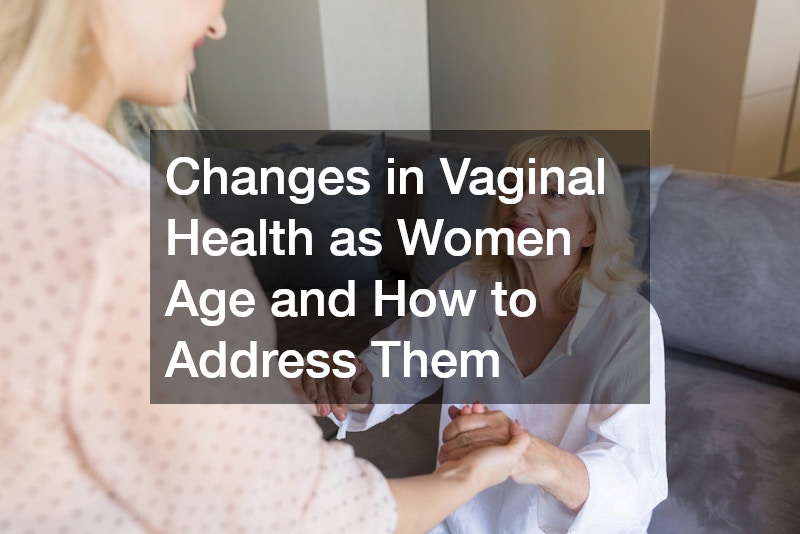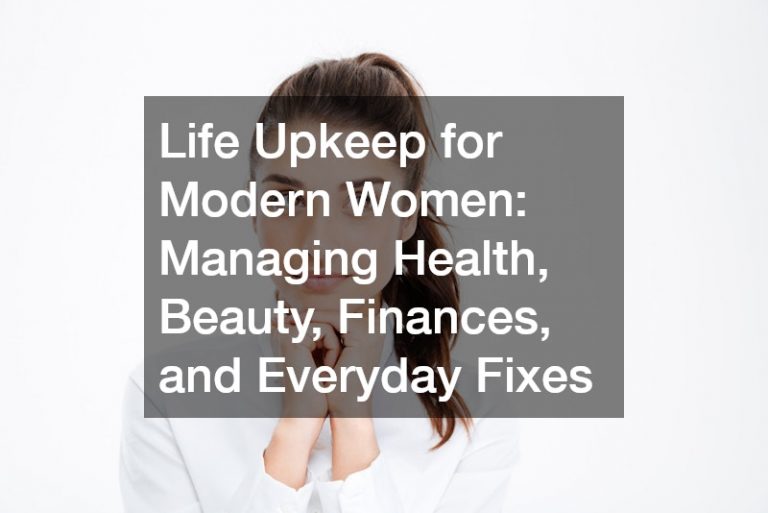As women age, particularly during perimenopause and menopause, significant changes can occur in vaginal health. Understanding these changes and knowing how to address them is crucial for maintaining comfort and well-being.
One major issue is vaginal dryness, which often leads to painful sex. This dryness is primarily due to decreased estrogen levels, causing the vaginal lining to thin and lose moisture. Many women experience discomfort that can feel more intense than just dryness—sometimes described as painful, similar to shards of glass.
To manage this, it’s essential to use lubricants during intercourse, and if the problem persists, consulting a healthcare provider about topical estrogen treatments, such as vaginal rings, creams, or suppositories, can be beneficial. These treatments are commonly available through wellness clinics.
Another concern is urinary issues, including increased susceptibility to urinary tract infections (UTIs) and urgency incontinence. As women age, the risk of UTIs rises, and some may experience sudden, uncontrollable urges to urinate. These symptoms can be distressing and may significantly impact daily life. For those affected, seeking advice from a wellness clinic can help manage these issues. Treatment options and preventive measures can be discussed with healthcare professionals to improve urinary health and comfort.
Additionally, older women may be more susceptible to sexually transmitted infections (STIs). Despite being less frequently discussed, safe sex practices remain important. Using water-based lubricants with condoms can help prevent STI transmission, and regular check-ups at a wellness clinic can ensure that any potential issues are addressed promptly.
Maintaining open communication with healthcare providers is key. Discussing changes in vaginal health with a doctor or at a wellness clinic allows for tailored advice and effective management strategies. Embracing these changes with a proactive approach can enhance quality of life and ensure that aging is a time of continued well-being and comfort.
.





